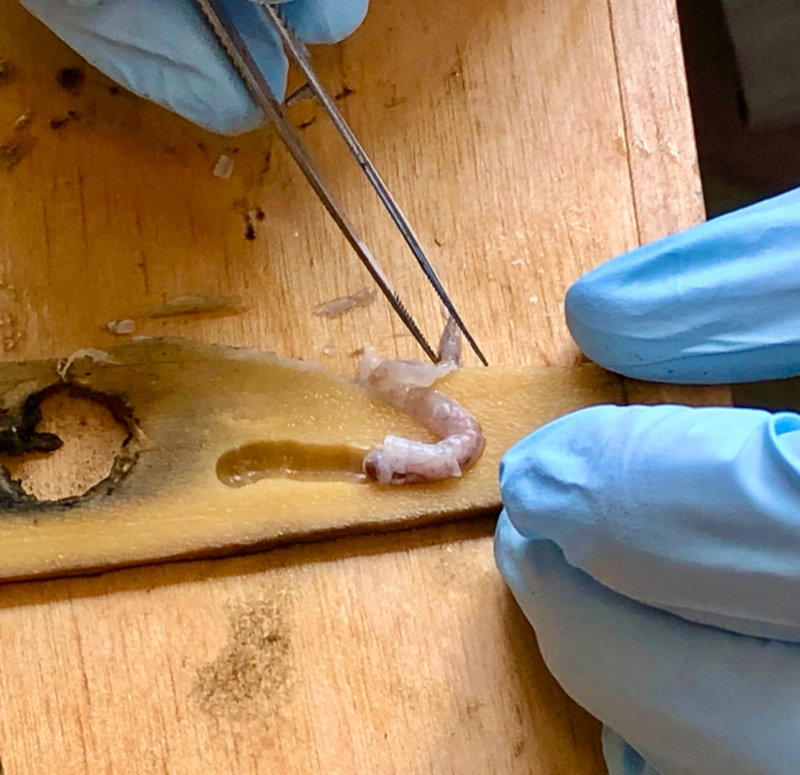Scientists have recently made a breakthrough in understanding how shipworms, known as “termites of the sea,” digest wood. These mollusks, with their snake-like bodies and ability to aid in shipwrecking and sinking parts of the Spanish Armada, have been studied by mariners for centuries. However, it was only recently that researchers from the University of Massachusetts Amherst, with support from the U.S. National Science Foundation, were able to determine how these creatures digest wood.
By examining an overlooked sub-organ called the typhlosole, they discovered symbiotic bacteria that enable shipworms to digest wood. This discovery sheds light on a long-standing mystery and may have implications for the bioeconomy. The enzymes produced by these symbiotic bacteria could potentially be used in bio-industrial processes to break down substrates. Additionally, other shipworm symbionts have shown promise as anti-parasitic antibiotics.
This finding not only advances scientific knowledge about shipworms but also opens up new possibilities for developing novel biotechnologies. Shipworms are a fascinating subject of study due to their unique abilities and history as maritime pests. With further research into their digestive processes and symbiotic relationships, we may uncover even more innovative uses for these creatures in the future.
